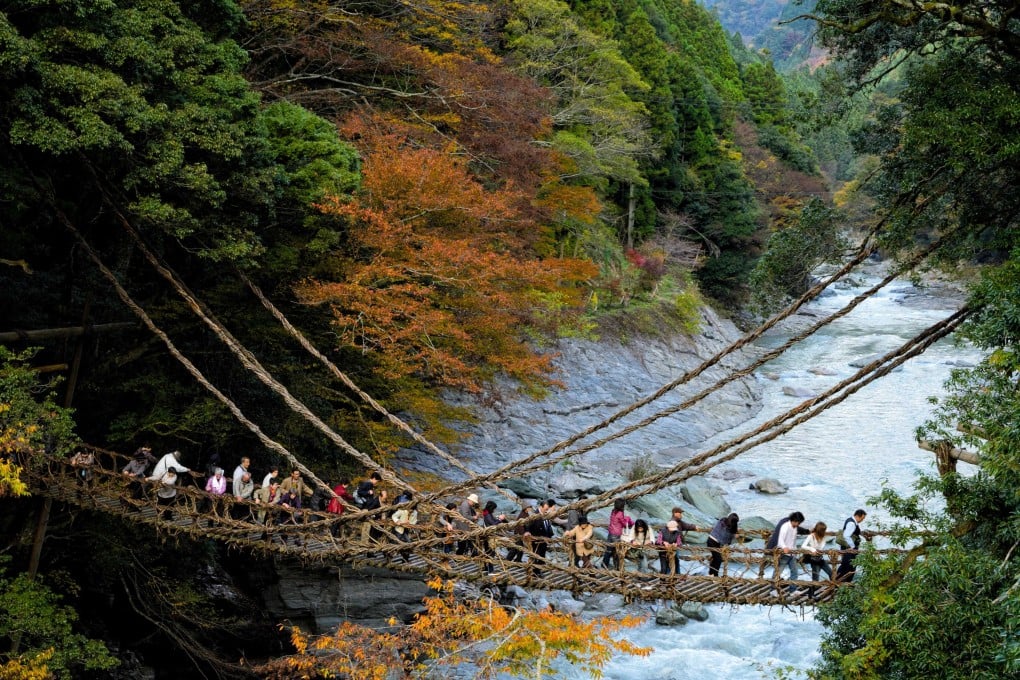Shikoku reveals the beauty of nature
- Japan’s smallest island, has a great deal to offer – from picturesque scenery to a beautiful shrine, hot springs and a dance museum

The smallest of the four main islands that make up Japan, Shikoku is less visited compared to other parts of the country despite its mild climate, natural scenery, historical places and traditional festivals. Literally meaning “four countries”, Shikoku comprises Tokushima, Kagawa, Ehime and Kochi prefectures.
Once considered a remote destination, Shikoku is now easily accessible with the connection of three highway bridges across the Seto Inland Sea to Honshu (Japan’s main island). From Hong Kong, Hong Kong Express has direct flights to Takamatsu in Kagawa, and Cathay Dragon has just launched a scheduled service until March.

While Shikoku is often overlooked as a tourist destination, it has some of Japan’s most renowned attractions – such as the Naruto whirlpools in Tokushima, one of the largest in the world; Konpira (or Kompira) Shrine in Kagawa, a place many Japanese wish to visit at least once in their lifetime; and Dogo hot spring in Ehime, one of the oldest in the country.
With an area of 18,800 square kilometres, Shikoku is too big to be covered in a single trip. For visitors who have only a few days to spare, Tokushima and Kagawa are good starting points as the two neighbouring prefectures boast many of Shikoku’s attractions and can be reached easily by bus from Osaka’s airport and city centre in less than three hours. The capital of Tokushima prefecture, Tokushima is a coastal city with plenty of 3- to 4-star hotels and restaurants. A key attraction is the Awa Dance Museum (Awa Odori Kaikan), where the renowned traditional dance of Tokushima is performed throughout the year. On the top of the museum is a ropeway leading to the summit of Mount Bizan, which offers panoramic views of the city. Another attraction is Tokushima Central Park which was built around the ruins of Tokushima Castle. The city is also the gateway to the world-famous Naruto whirlpools about 40 minutes by bus from the centre. The Naruto Strait produces whirlpools of up to 20 metres in diameter, some of the largest in the world.
Tokushima is also the gateway to the world-famous Naruto Whirlpools about 40 minutes by bus from the city centre. The Naruto Strait produces whirlpools of up to 20 metres in diameter
Visitors can watch the whirlpools from the glass panel on the Great Naruto Bridge across the strait. Those who want more excitement can join one of the sightseeing boats which pass above the whirlpools.
